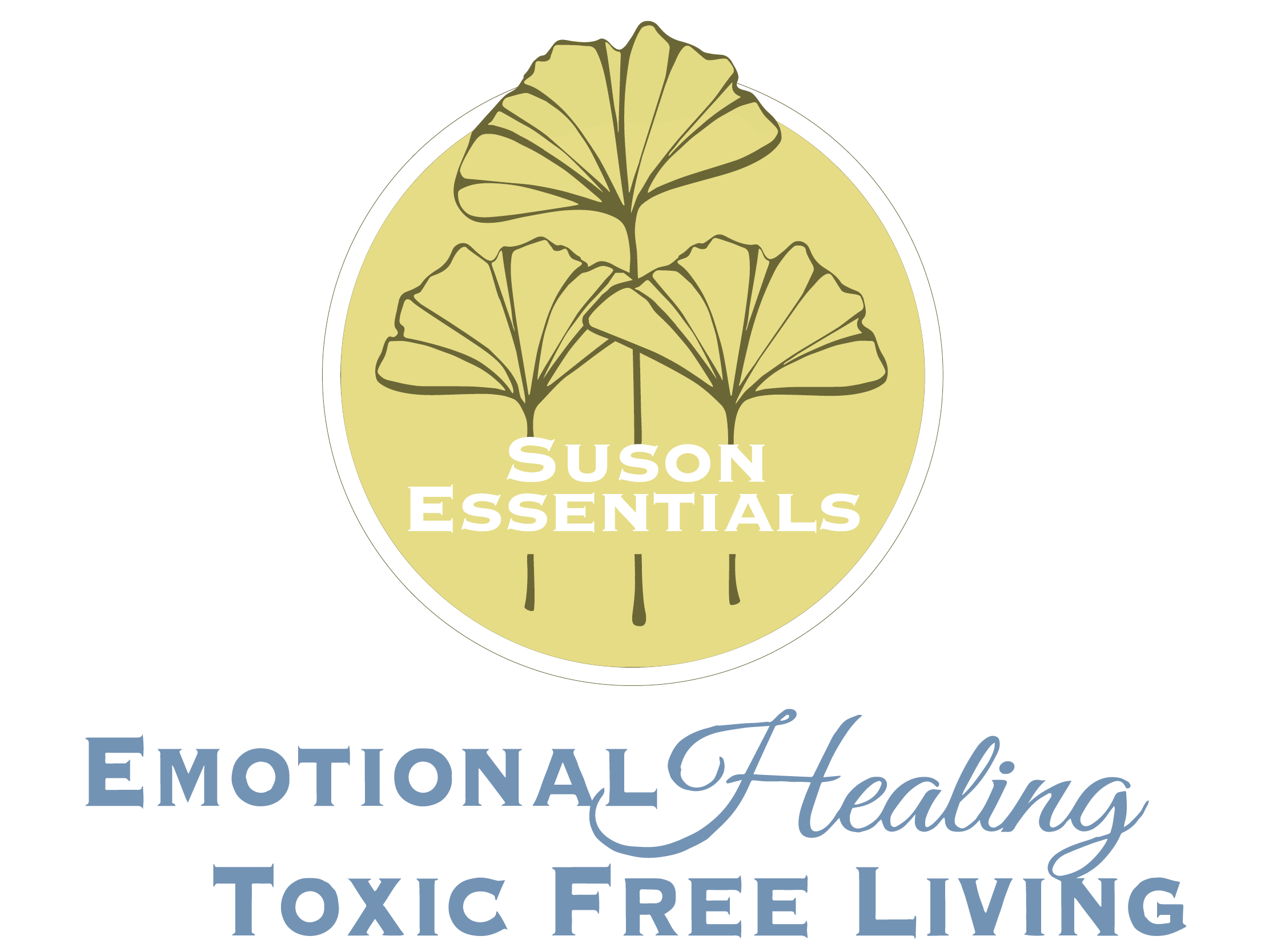Pulex irritans, commonly known as the human flea, is a parasitic insect that feeds on the blood of humans and other mammals. Although it primarily targets humans, it can also infest pets and livestock. Human fleas thrive in environments where hygiene and sanitation are poor, and they are commonly found in bedding, carpets, and animal housing. Flea bites cause small, itchy, red bumps on the skin, often clustered on the lower legs, ankles, or waist.
The bites from Pulex irritans can lead to intense itching and discomfort, and excessive scratching may result in secondary bacterial infections. While the human flea is not a common vector for serious diseases in modern settings, it has been associated historically with the transmission of Yersinia pestis (the plague bacterium) and Rickettsia typhi (murine typhus) in rare cases.
Treatment for flea bites focuses on relieving symptoms with topical anti-itch creams, antihistamines, and proper wound care to prevent infections. Eliminating flea infestations involves thoroughly cleaning bedding, carpets, and furniture, as well as treating infested animals with appropriate flea control products. Preventive measures, such as maintaining good personal and environmental hygiene, can help reduce the risk of human flea infestations and improve overall comfort.



